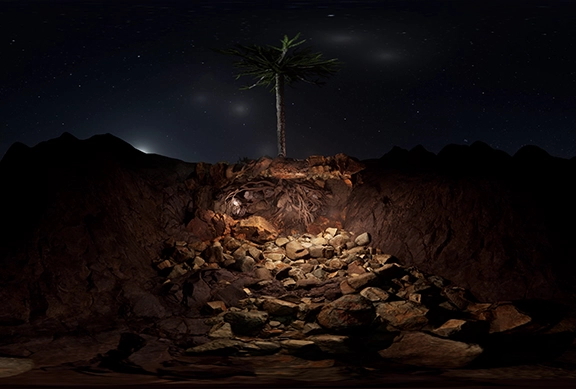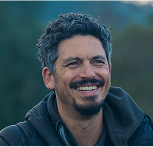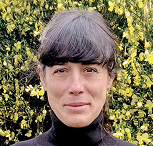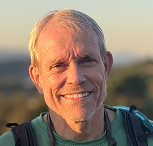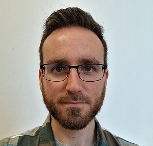FESP10 will feature scientific activities, immersive experiences, and keynote lectures designed to foster reflection and discussion on the effects of fire on ecosystems.
We invite you to explore the program and discover what we have prepared for this edition.


